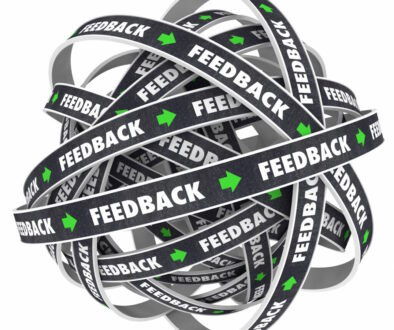 Start with what matters most.
Start with what matters most.
If we assume the signatories of the Agile Manifesto did this then what matters most is spelled out by the following opening:
We are uncovering better ways of developing software by doing it and helping others do it. Through this work we have come to value:
Individuals and Interactions
over
processes and tools
The manifesto starts not with a list of practices or methodologies but a statement that people are the most important. What process you follow and what tools you deploy pale in comparison to the importance of the people doing the work and their ability to work together.
It makes practical sense too. Any process or tool will only be as good as the people using it. Any group will only work together well if they also interact well. The project is bound by the people on it just as much as it is bound by the time and budget allotted.
This is the second in my series on the Agile Manifesto in the run-up to the 20 year anniversary of its signing. We’re diving into the concept of Individuals and Interactions to get an idea how to make sure your team keeps them more important than Processes and Tools.
Tools are useful, but they are also limited. A tool is only as good as the person who uses it, like this bowling ball.

In the hands of a different person that would have turned out very differently. In her hands with the support of a team that works together, that would have turned out differently as well.
One indicator of problems in a team is when the tools start to get all the blame. It doesn’t matter how good or bad your project management system is. If the team is unwilling to run work items through it properly, it will fail. Instead of pounding into the team how they need to use the tool, step back and look at the team. Why aren’t they using the tool properly? Is it simply training, or is it because as a team they work well in a way that isn’t supported by the tool? Perhaps your tool requires a very linear process and the team members who have a more lateral approach are struggling to use it. That team member, that individual, is more important than the tool. This should factor into your approach to resolving the situation.
Just as important is making sure interactions within the team are healthy. A good indicator here is whatever your team’s form of a retrospective is. If the retrospective is failing, then there is a problem. It may be the style of the retrospective, but likely it’s interaction on the team. If the team members don’t feel safe in the retrospective they will not give honest feedback and growth will be very difficult to come by. Have a mini relaunch of the team. Validate the current working agreement and goals of the team, make sure they are still relevant.
This ties in closely to the concept of treating people as people, not resources. I’ve long wondered how much harm was done by moving from “Personnel” departments to “Human Resource” departments. The shift has many implications, putting the organization before the employee and treating people as inputs to a machine are two.
Stop looking for resources, start looking for team members. Make sure you value those team members and their ability to work together more than the tools they work with or the process your organization follows. This is an important step on the way to thinking with agility, and arguably the most important of the Agile Manifesto Values.
If you’d like some help making sure your team is valuing people over process book a call with me here. I can help evaluate your teams based on your concerns and provide steps for reaching agility that is specific to your organization.
More








Customer Collaboration | Our Agile Journey
January 9, 2024 @ 11:59 am
[…] people. I pointed out how the manifesto started with people in the first post I did on the values, Individuals and Interactions. Here we return to people […]